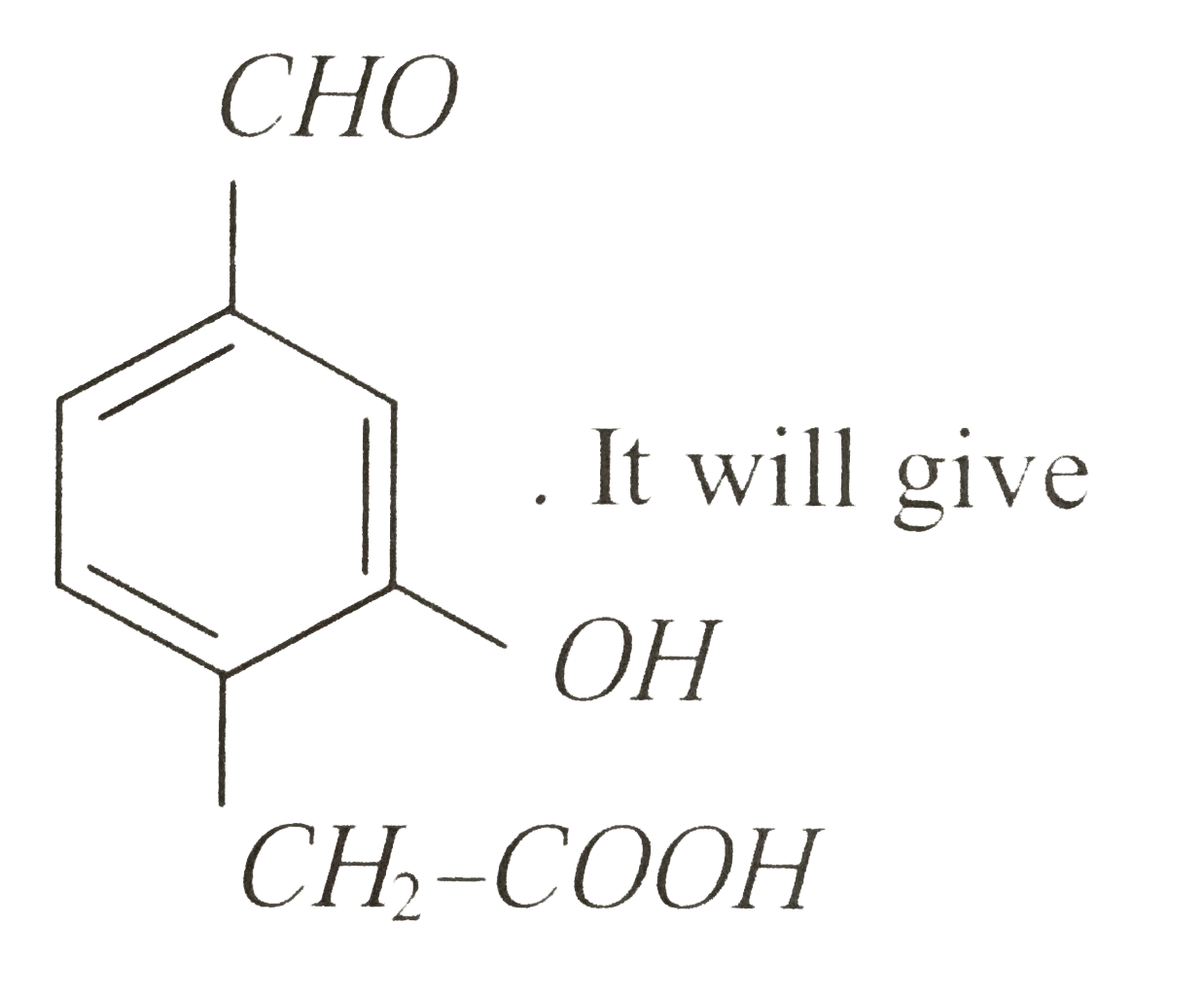A biotic factors affects the
I. structure of organisms
II. Physiology of organisms
III. Behaviour of organisms
I and II
II and III
I,II and III
I and III
The correct Answer is:C
To address the question regarding how biotic factors affect the structure, physiology, and behavior of organisms, we can break down the analysis into three main components:
Step 1: Understanding Biotic Factors
Biotic factors refer to the living components of an ecosystem that can influence the growth, survival, and reproduction of organisms. These include interactions with other organisms such as competition, predation, parasitism, and mutualism.
Step 2: Effect on Structure of Organisms
Biotic factors can significantly affect the structure of organisms. For example, the presence of certain predators can lead to evolutionary adaptations in prey species, such as changes in body size, coloration, or defensive structures. Additionally, competition for resources can influence the physical traits of organisms, leading to variations in size and shape.
Step 3: Effect on Physiology of Organisms
The physiology of organisms, which includes their internal processes and functions, is also influenced by biotic factors. For instance, the availability of food sources can affect metabolic rates and reproductive cycles. In mutualistic relationships, such as those between pollinators and flowering plants, physiological adaptations may arise to enhance these interactions, such as changes in flower structure or nectar production.
Step 4: Effect on Behavior of Organisms
Behavioral adaptations are often a direct response to biotic factors. For example, animals may alter their foraging behavior based on the presence of competitors or predators. Social behaviors, such as group living or mating rituals, can also be influenced by the dynamics of the species present in an ecosystem.
Conclusion
In summary, biotic factors affect:
1. Structure of organisms - through evolutionary adaptations and competition.
2. Physiology of organisms - by influencing metabolic processes and reproductive strategies.
3. Behavior of organisms - through changes in foraging, mating, and social interactions.
Thus, the correct answer is that biotic factors affect all three aspects: I, II, and III.
Biotic factors refer to the living components of an ecosystem that can influence the growth, survival, and reproduction of organisms. These include interactions with other organisms such as competition, predation, parasitism, and mutualism.
Biotic factors can significantly affect the structure of organisms. For example, the presence of certain predators can lead to evolutionary adaptations in prey species, such as changes in body size, coloration, or defensive structures. Additionally, competition for resources can influence the physical traits of organisms, leading to variations in size and shape.
The physiology of organisms, which includes their internal processes and functions, is also influenced by biotic factors. For instance, the availability of food sources can affect metabolic rates and reproductive cycles. In mutualistic relationships, such as those between pollinators and flowering plants, physiological adaptations may arise to enhance these interactions, such as changes in flower structure or nectar production.
Behavioral adaptations are often a direct response to biotic factors. For example, animals may alter their foraging behavior based on the presence of competitors or predators. Social behaviors, such as group living or mating rituals, can also be influenced by the dynamics of the species present in an ecosystem.
In summary, biotic factors affect:
1. Structure of organisms - through evolutionary adaptations and competition.
2. Physiology of organisms - by influencing metabolic processes and reproductive strategies.
3. Behavior of organisms - through changes in foraging, mating, and social interactions.
Similar Questions
Knowledge Check
Study of form and structure of organisms is
AAnatomyBEcologyCMorphologyDTaxonomy.Study of internal structure of organism is called -
AMorphologyBAmatomyCHistologyDCytologyThe writer of the book, "The Behaviour of Organisms' is
ASkinnerBHullCPavlovDThorndike
The structural and functional unit of organisms is
View SolutionDoes light factor affect the distribution of organisms? Write a brief note giving suitable examples of either plants or animals.
View SolutionLimiting factor for growth of aquatic organisms is
View SolutionThe structure of isobutyl group in an organic compound is
View SolutionThe structure of isobutyl group in an organic compound is :
View Solution

